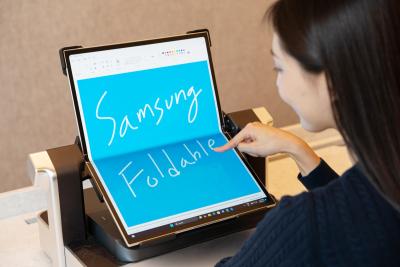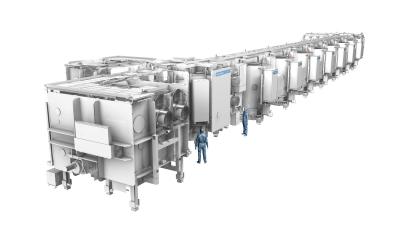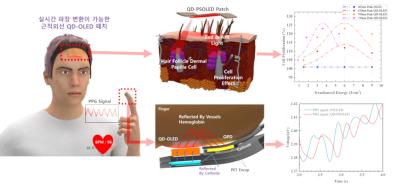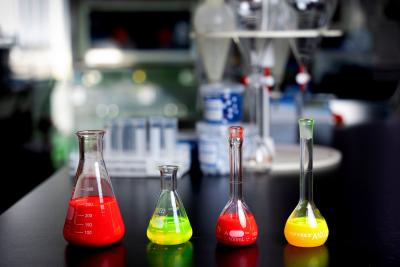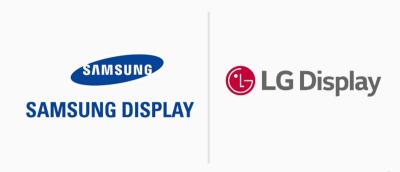In this article, we examine the theoretical question of whether or not it makes sense for LG Display and Samsung Display to merge, into one company.
Note that we have no indications that such a merger is even considered by the two companies, but we feel this is a fascinating topic that should be explored, and is supported by several strong arguments.
We'll start with a short introduction to the two companies, then see why there are many reasons to pursue a merger, then explain the reasons against a possible merger, and finally detail the current financial situations of both companies.
Samsung Display and LG Display
Samsung Display Corporation (SDC) is a subsidiary of Samsung Electronics. SDC is a leader in OLED production, with a market share of over 40% in the small OLED display market (the second largest player, BOE, holds a market share of around 15%). SDC produces over 300 million AMOLED displays per year - supplying them to Apple's iPhones and tablets, Samsung Electronics Galaxy phones, and many more. The Company also produces larger-area QD-OLED panels for TVs and gaming monitors, and has a capacity of producing around a million TV panels per year. SDC no longer produces any LCDs. SDC does produce microLED displays (but on a very small scale, this is currently a strictly next-gen display technology), and the company develops OLED microdisplays (and also holds OLED microdisplay producer eMagin which it acquired in 2023 for $243 million).

